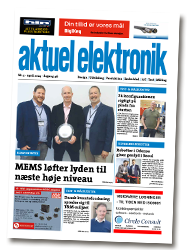iNEMI Research Webinar: Developing Damage Models for Solder Joints Exposed to Complex Stress States: Influence of Potting, Coating, Mirroring, and Housing.
Abstract: Solder joints are subjected to increasingly higher thermal and mechanical loads as component size decreases and interconnect density increases. Encapsulants are used to protect components from moisture, corrosion, vibration and thermal exposure in high-reliability environments. These materials are available in a large variety of chemistries such as silicones, acrylics, urethanes and epoxies. The fatigue life of solder joints in ball grid array (BGA) components can be adversely effected by the mechanical properties of the various materials used to protect them. The combination of an encapsulant’s coefficient of thermal expansion (CTE), elastic modulus (E) and glass transition temperature (Tg), along with component configuration, places solder joints in a mixed mode stress state.


